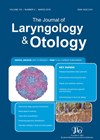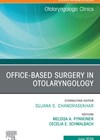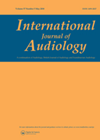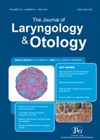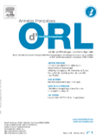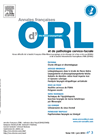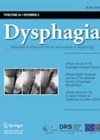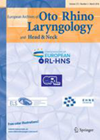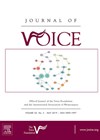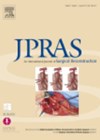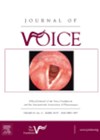
Journal Reviews
Platelet-rich plasma to reduce post-tonsillectomy haemorrhage and pain
Minimising haemorrhage and promoting healing of raw areas are cornerstones for uneventful and speedy recovery after tonsillectomy. In this single-blinded prospective experimental study, application of platelet-rich plasma to one side tonsillar bed has been compared to the other side in...
Office-based otology procedures
This edition of the Otolaryngologic Clinics of North America covers office-based surgery in ENT. This article discusses procedures in otology that could be performed in the outpatient setting and covers innovations in office-based otologic procedures. The endoscope features prominently in...
Hearing disability questionnaires
This is a very interesting study concerning the validity and readability of 10 hearing disability English language questionnaires available for clinical use. The questionnaires were assessed against the World Health Organisation’s International Classification of Functioning, Disability and Health framework (WHO-ICF)....
Algorithm for malignant otitis externa
Timely detection and effective management of this potentially fatal condition cannot be overemphasised. This study presents 16 cases over 12 months in a tertiary referral centre. Most patients had diabetes and others were immunocompromised due to radiotherapy, immunosuppressive medication or...
Work and the risk and carcinoma of the larynx
This is a census on the national cancer registry in France to detect professions at a higher risk of squamous cell carcinoma of the larynx. During the period 2001-2016 there were 244 registered cases of cancer of the larynx. Amongst...
Lingual tonsils and obstrucive sleep apnoea syndrome (OSAS)
Obstructive sleep apnoea can be due to narrowing of the retrolingual space by hypertrophic lingual tonsils. The authors studied 11 patients (five males and six females with a mean age of 44.3 years and a mean BMI of 28.6). All...
Gastro-oesophageal reflux and cricopharyngeal dysfunction – how do they link?
It has been hypothesised that cricopharyngeal muscle hypertrophy develops as a response to chronic gastro-oesophageal reflux disease. The cricopharyngeus muscle is an important component and contributor to the upper oesophageal sphincter that creates a barrier between the pharynx and oesophagus....
Narrow band imaging improves diagnosis of malignant laryngeal lesions
The manufacturers of narrow band imaging (NBI) claim better visualisation of mucosal abnormalities when compared with simple white light. The primary aim of the study was to compare the diagnostic accuracy of NBI and white light to diagnose malignant laryngeal...
Bamboo nodes – a case series
Bamboo nodes are band-like, cream-coloured submucosal deposits affecting the middle third of the vocal cord. They are reported to affect women exclusively and are frequently bilateral but can be asymmetrical. They are distinct from vocal cord nodules but can be...
Novel method for determining BCC margins
This correspondence describes a new technique for determining basal cell carcinoma (BCC) borders, to aid in obtaining clear peripheral resection margins. Whilst this can be straightforward in small well-defined nodular BCCs, some BCC subtypes are ill-defined or morphoeic, and resection...
Long-term voice outcomes following transoral laser surgery versus radiotherapy for early laryngeal cancers
The oncological outcomes of transoral laser microsurgery (TOLM) for early laryngeal cancers are well-known to be very similar to radiation therapy (RT). The functional outcomes associated with each treatment modality are therefore of significant interest. This study is reported to...
Standardising videofluoroscopy assessment for bottle-fed babies
Swallowing problems in babies may occur for many reasons including complex medical problems, premature birth, and low birth-weight. Dysphagia causes several further morbidities such as poor nutrition and compromised respiration, often raising distress for both infants and their caregivers. Early...

